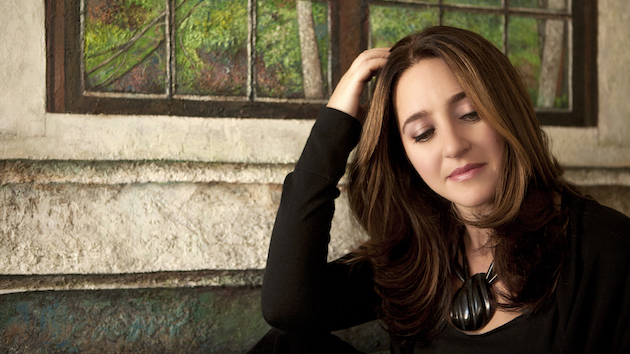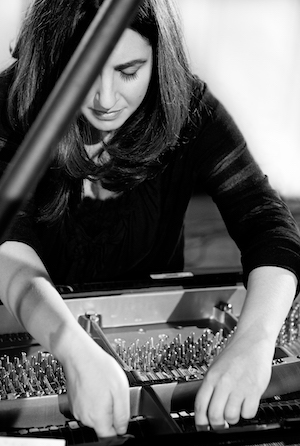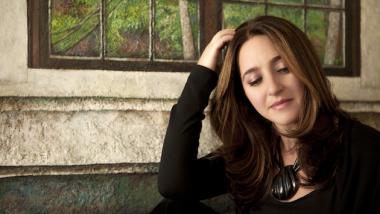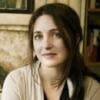
The pianist Simone Dinnerstein is not the first to unite the composers Franz Schubert and Philip Glass, scaring off the centuries between this unlikely pair. But in recent programs featuring works by Glass and Schubert — played without pause, in a kind of suite — she has made a distinctive argument for all that the composers have in common.
Dinnerstein opened last Sunday’s show at National Sawdust with the thick, declarative chords of Glass’s Metamorphosis I. A moment of reprieve was subsumed again by chords like a dreamer being commanded awake, and then again and again. To conceive of the repetitions characteristic of Glass’s work as mechanized is tempting. Yet each of Dinnerstein’s returns to these phrases, as well as their analogues in the Schubert, seemed organic, even unexpected, as fluid as breathing. The brief work was practically sublimated into the next: Schubert’s C Minor Impromptu, separated by a hair’s breadth. The first chord might have belonged to either Glass or Schubert, but the melody a moment later was unmistakably the latter’s doing.
As the program unfolded, Glass following Schubert following Glass, each composer became a lens onto the other. In the wake of the Metamorphosis, much of the C Minor Impromptu seemed to gesture at the Glass: throbbing bass lines, slow harmonies, and echoes of previous material, irrepressible as a pool float. These are insular pieces that never escaped Dinnerstein’s sensitive control. Even their vigorous moments seemed to turn within, inspecting themselves as they might gaze on their morning reflections.

In particular, Dinnerstein’s treatment brought to light the works’ shared sense of propulsion: They ask the performer to locate direction in repeated motifs, as though the music were moving simultaneously forward and backward. Schubert’s Impromptu in G-flat felt inexorable, upon finally coming to rest evoking a windup doll momentarily unaware of its obligations. The final Impromptu in A-flat was an extension of that sensibility, featuring a pulse soaring in and back in search of a roost. In her encore, Glass’s Mad Rush, Dinnerstein ushered the meditative first phrase into a burst of strumming, then back again, and back again, each return rocked by minute variations.
At its weaker points, the program verged on pedantic. Particularly in the Schubert, Dinnerstein’s efforts to show where the composer aligned with his young colleague occasionally approached tunnel vision. Long, sweeping lines often occurred at the expense of smaller details, as if to raze any doubt that her argument was beyond reproach.
Where Dinnerstein succeeded lay less in officiating the connections between the two than in demonstrating a system of listening. In a series of dispensable post-concert remarks, the host Patrick Zimmerli attempted to articulate what Dinnerstein had done by pairing Glass and Schubert so closely: “Composing now, are we?” he asked. What was new was clearly not the music itself. Rather, it was the way Dinnerstein had allowed the audience to hear it: in a continuum, where old and new need no separation.




